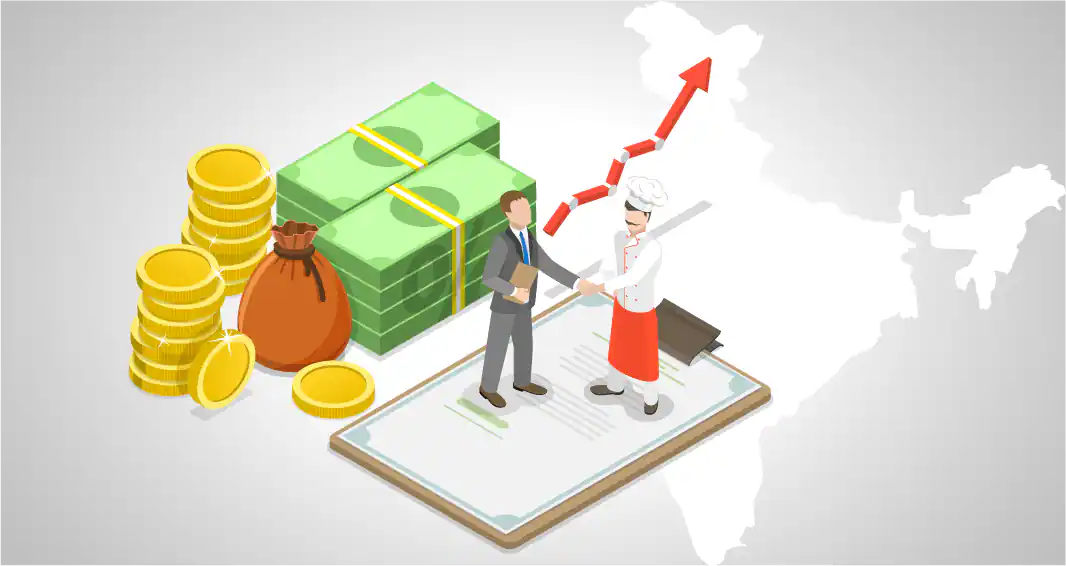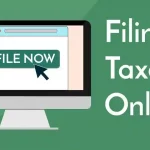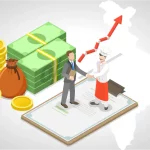In recent years, the demand for micro loans has grown significantly. This is due to a challenging financial landscape and a tight credit market.
Many small businesses are unable to obtain funding from traditional lenders because they lack collateral or have a poor credit history. Luckily, there are micro lenders who specialize in lending to these entrepreneurs.
They don’t require collateral
Unlike traditional business loans, microloans don’t require collateral. Instead, they’re offered by small lenders to encourage entrepreneurship and alleviate poverty. They’re often used to fund start-up costs or help small businesses that can’t afford to repay a large loan. They’re also commonly used to fund a new product, launch a marketing campaign or purchase inventory.
Depending on the lender, credit requirements and eligibility criteria will vary. Some will only consider the credit score of the business owner while others may take a look at other aspects of the business’s finances and operations. Regardless of the specific lender, it’s important to be prepared and to have a business plan in place. This can help you avoid surprises when applying for a microloan.
It’s also a good idea to check your personal credit regularly. Some microlenders will take your personal credit into consideration, especially if you have no business credit history. This can affect your ability to borrow and can lead to higher interest rates.
Various lenders offer microloans to a wide variety of business owners, including small retail shops, restaurants, service-based companies and manufacturers. Some of these lenders have specialized criteria, such as lending only to new business owners or those with bad credit. Other microlenders, such as the Accion Opportunity Fund, target diverse business owners and are more flexible in their requirements.
They are easy to get
소액대출 are easy to get for small businesses, but the process can be a bit cumbersome. To make it easier, borrowers should research the requirements of their specific lender and gather all necessary documentation. They should also take steps to boost their credit score and review their financial records. This will help the lender process the loan more quickly and easily.
Most microlenders focus on entrepreneurs with limited working capital and a lack of credit history, making it difficult for them to qualify for traditional loans from banks. The loans are typically provided by community organizations, nonprofit groups, and online lending platforms. They can be as small as $13,000 or as large as $100,000. Unlike traditional business loans, these loans don’t require collateral. Moreover, they have shorter repayment terms and higher interest rates to help the lender recoup their investment.
In addition to providing small amounts of capital, microfinance offers social benefits by encouraging entrepreneurship. It has helped thousands of families escape poverty in developing countries. In fact, it is estimated that more than 200 million people now benefit from microfinance worldwide.
However, the success of a microloan depends on how it is used. The funds must be invested wisely to achieve a positive outcome. For example, a microloan may allow a business to purchase inventory that can be sold later at a profit. This could increase sales and attract new customers. It can also be used to hire temporary workers during busy seasons or launch a marketing campaign.
They are popular
As the world has moved from an era of limited connectivity to one with universal access, microlending has become a popular way for people around the globe to meet each other. It is also a popular source of financing for small businesses, and it provides the ability to finance projects that may be difficult to finance through conventional means. It is often less expensive than traditional loans and requires no collateral. It is also easier to obtain, and it can help build credit history.
Microloans are typically offered by community organizations, nonprofit groups, and online lending platforms. They can be issued by a single person or by a group of people who each contribute a portion of the loan. These loans are generally much smaller than those extended by banks, and they are often provided at a fixed interest rate.
The idea behind these loans is that they will boost local economies, helping to lift people out of poverty. Many studies have been conducted to test these claims, but the results have not always been as strong as expected. In particular, some studies claim that microloans have helped poor women lift their families out of poverty. These claims are based on anecdotal evidence and do not reflect the full picture of the impact of microloans. In fact, a series of randomized controlled trials has shown that microloans are not as effective at lifting people out of poverty as claimed.
They are flexible
Unlike traditional small business 예금계산기, which require collateral like property or assets, microloans are backed by the creditworthiness of the borrower. As a result, lenders may offer a more flexible loan amount and terms for this type of lending. This could be a great option for small businesses that have trouble getting a traditional bank loan or who need a shorter repayment term.
Microloans are offered by a range of institutions including government agencies, mission driven organizations and private lending platforms. Many of these organizations focus on supporting specific groups, such as women and minorities, or helping entrepreneurs with unique needs, such as startups or freelancers. Some of these organizations also provide support services, such as business and finance counseling.
These organizations are able to provide more flexibility for small business owners because they do not follow strict lending regulations that are often imposed on banks. They also typically do not review credit scores as much as they do financial history and other financial information, which can help small business owners who are not eligible for traditional loans.
Other types of microloans include peer-to-peer lending and crowdfunding. This type of lending involves people pledging money to fund entrepreneurs who cannot get financing from traditional sources, such as banks. Examples of these microlenders are Lending Club and Prosper, both of which have a platform that connects individuals who want to lend money for entrepreneurial purposes with individuals who need the funds.







